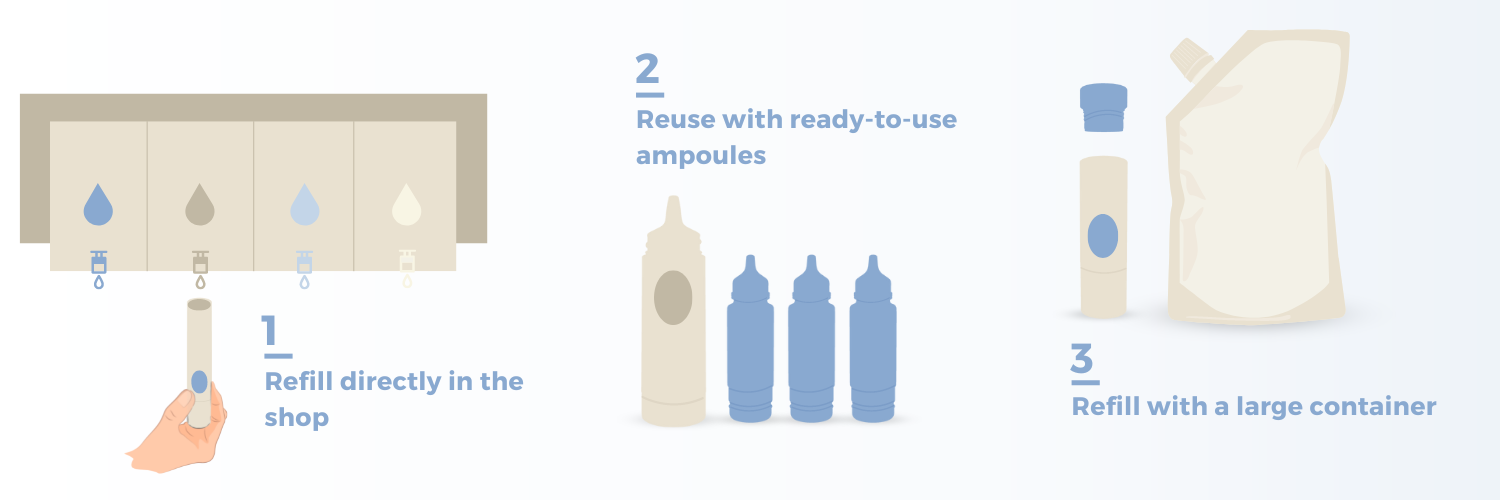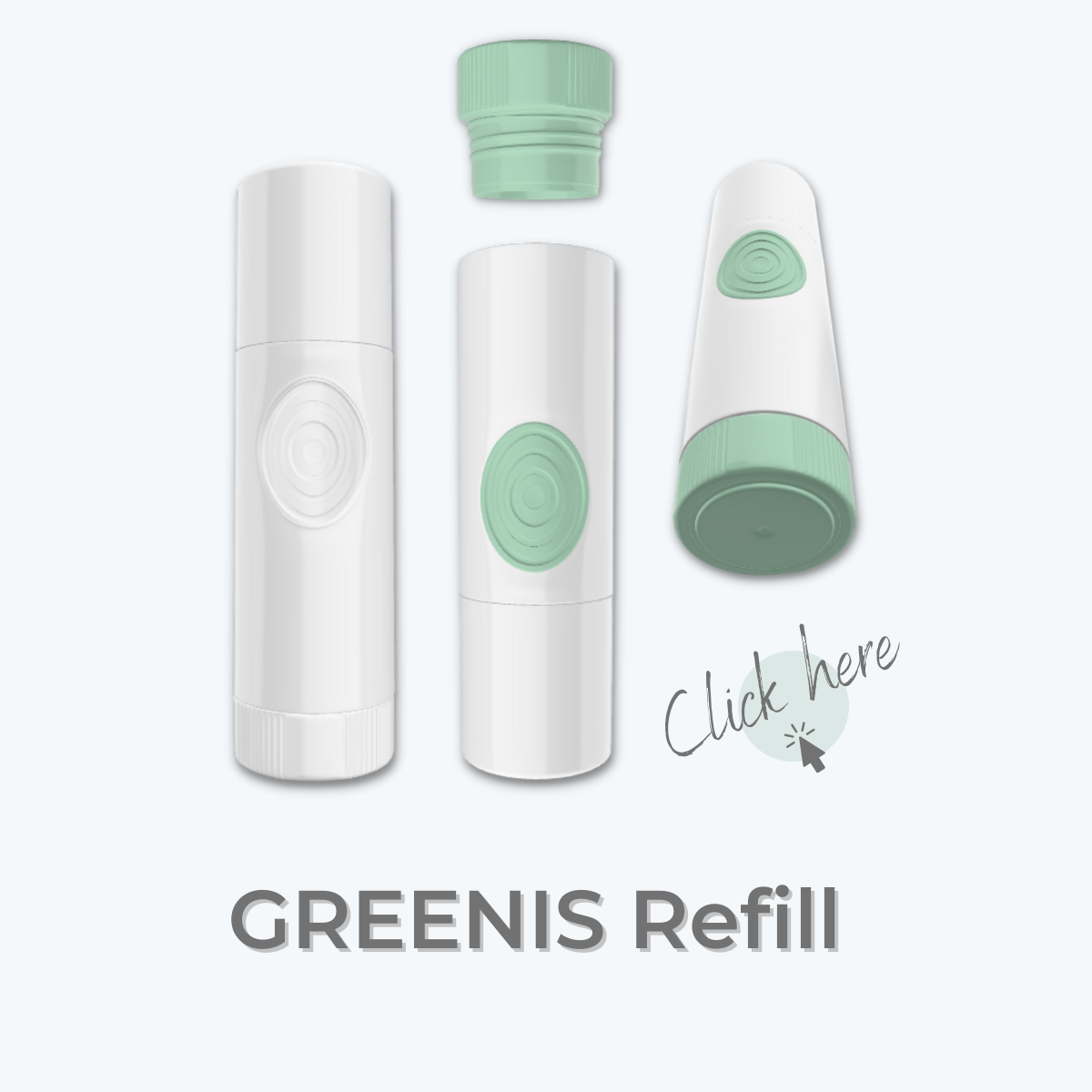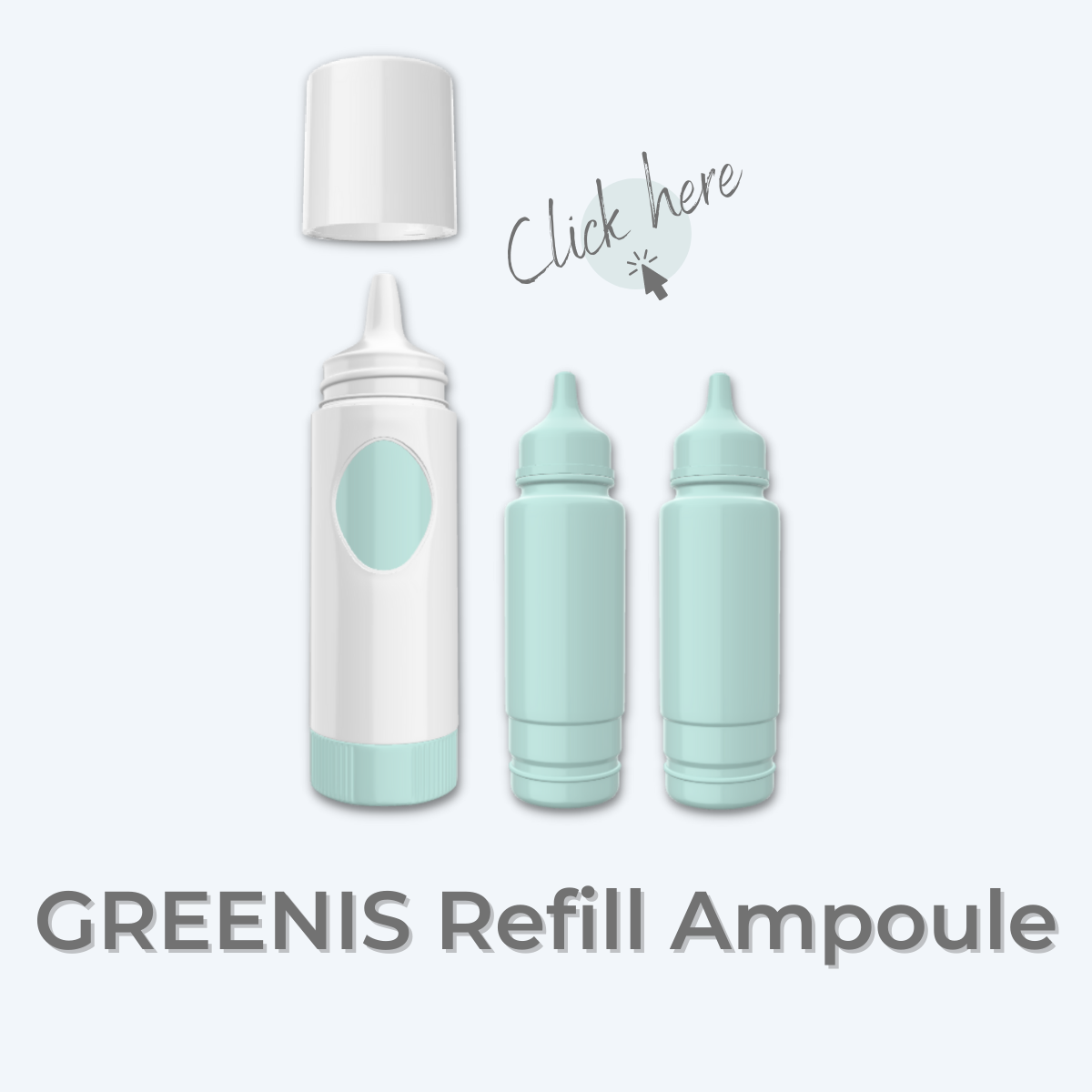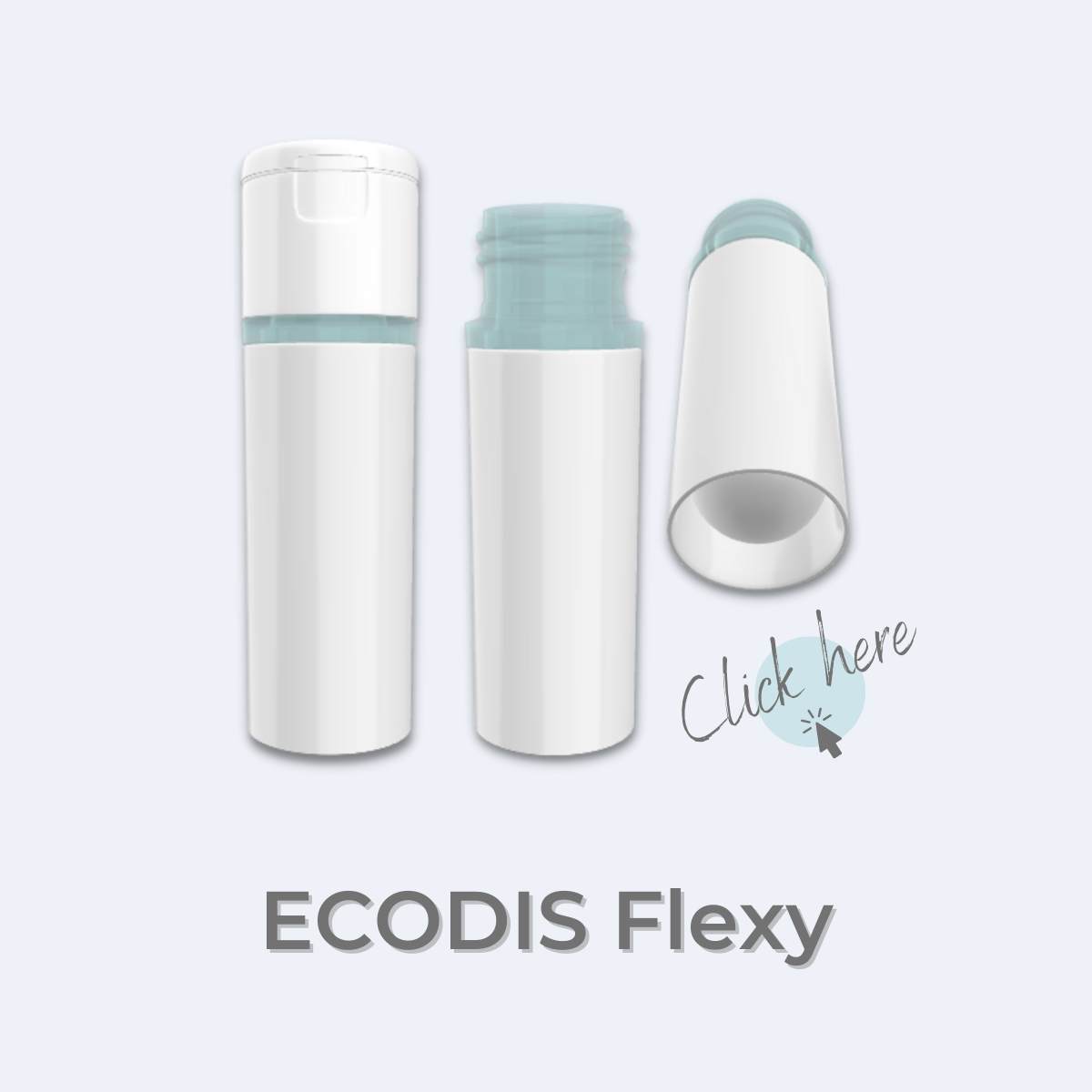Eco-responsible challenges at the heart of current thinking, and our way of consuming is changing in order to adapt to these requirements and reduce our impact as much as possible. It is therefore not surprising to see the emergence of new ways of consuming in the hygiene and beauty market.
Packaging is often blamed since it is the main source of waste production in this market. One of the existing actions to reduce the impact of these products is therefore to design reusable primary packaging that can be refilled in order not to throw them away.
Today, we can find cosmetic products sold in refillable form, which reminds us of the increasingly popular “bulk” purchase method.
What are refillable products?
The classic use of cosmetic products as we have always known it consists in buying a product in a plastic, glass or aluminum container, using it until the end. Then you buy another one, thus creating a cycle of unlimited consumption.
In the consumption model with refillable cosmetic products, it is rather the opposite. These products are marketed and packaged in packs made to be refilled, and therefore purchased only once. Then, to refill the product, there are several solutions: refilling in store, purchase of ready-to-use refills or refill with another large capacity packaging (e.g. a high volume pouch).

How does it work?
There are several ways to offer refillable cosmetics. Some brands have chosen to offer refills in store (1), in the form of “bulk”, in other words, the consumer comes with his empty primary packaging and fills it up thanks to a “fountain” in store. This is the case, for example, for certain perfumes, such as Sauvage by Dior, My Way by Giorgio Armani, Allien by Thierry Mugler and many others. On the skincare side, we find Avril beauté, L’Occitane or Amalthéa which also offer this refill service in store.
Then there is the principle of refills that are purchased and ready to use (2). They are often inserted in the main packaging. We find on this format mainly creams, but also deodorants or solid toothpastes for example. These refills can take several forms and are sometimes made of dehydrated products that must be mixed with water to reconstitute the final product. This solution is very ingenious since it allows to transport only the important ingredients in a light form, and thus to reduce its carbon footprint.
Finally, the last solution is to market the product in its initial packaging and to market the same product in a large container (3) such as a pocket. In this way, the consumer will refill his packaging himself at home and reuse it.

What are the advantages?
Refillable cosmetics are more respectful of the environment and are also more economical in the long run. It is now very easy to find refillable cosmetics in stores or on the internet.
Find our refillable solutions for serum/liquid type formulations here:







